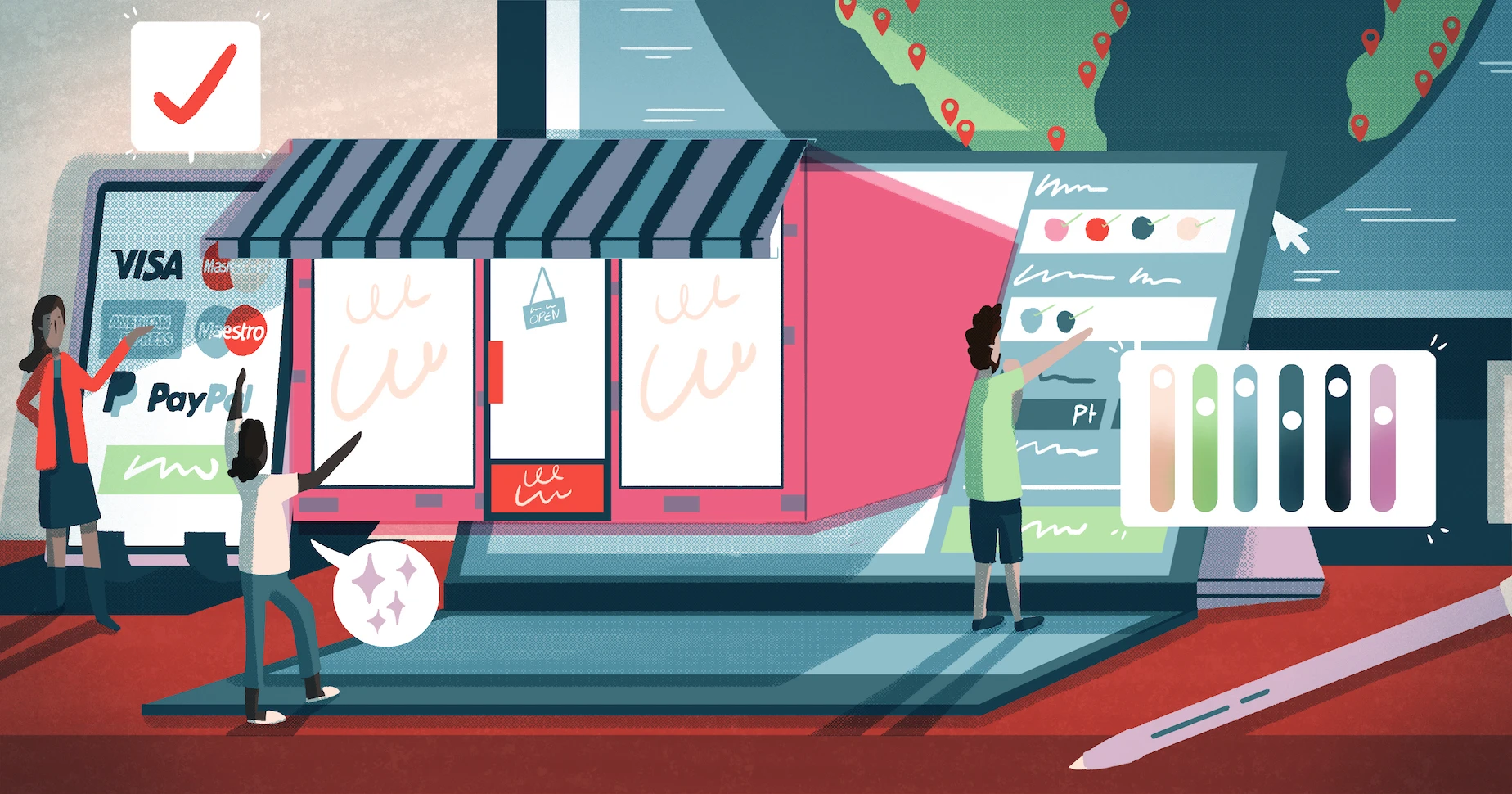Enhanced Video Quality for Crystal-Clear Views
Ring’s latest security system boasts a significant upgrade in video quality. Gone are the days of grainy, hard-to-decipher footage. Now, you get crisp, high-definition video, allowing you to identify individuals, read license plates, and see even the smallest details, enhancing situational awareness and improving the effectiveness of your security system. This improved clarity also makes it much easier to review recordings later and share evidence with authorities if necessary. The difference is truly night and day, providing a far more reliable and reassuring security experience.
Improved Night Vision for Around-the-Clock Protection
Protecting your home isn’t just about daytime surveillance. Ring understands this, and their latest system features significantly enhanced night vision capabilities. Even in complete darkness, the new cameras provide clear, detailed images, ensuring you’re always aware of what’s happening around your property. This is crucial for deterring intruders, who might be less likely to attempt a break-in if they know they’ll be clearly visible even at night. The improved low-light performance provides peace of mind knowing you’re protected 24/7.
Advanced Motion Detection for Fewer False Alarms
One of the biggest frustrations with home security systems is the prevalence of false alarms. Ring’s latest iteration tackles this issue head-on with advanced motion detection technology. Utilizing AI and machine learning, the system is better at distinguishing between actual threats and harmless movements like swaying branches or passing animals. This reduces the number of unnecessary alerts, saving you time and preventing alarm fatigue. You’ll only receive notifications for genuine security concerns, making the system significantly more efficient and less disruptive to your daily life.
Smart Home Integration for Seamless Control
Ring’s new system seamlessly integrates with a wide range of smart home devices and platforms. This means you can control your security system from your smartphone, tablet, or smart speaker, along with other smart home devices. You can arm and disarm your system, check live feeds, and receive alerts, all from a central hub. This level of integration makes managing your home security incredibly convenient and intuitive, allowing you to adapt your security to fit your lifestyle and needs without fuss.
Enhanced Two-Way Audio for Clear Communication
Communication is key when it comes to deterring crime. Ring’s upgraded two-way audio system provides crystal-clear communication, allowing you to speak directly to anyone near your cameras. This feature is excellent for deterring potential intruders, warning delivery drivers, or simply checking in on your pets. The improved audio quality ensures clear and understandable conversations, even over longer distances, making the system far more interactive and effective at managing various situations.
Improved App Experience for Easier Management
The accompanying app has also received a significant overhaul. It’s now more intuitive, easier to navigate, and packed with helpful features. You can easily manage multiple cameras, customize notification settings, and review recorded footage with improved search and filtering options. The updated interface is cleaner and more user-friendly, making it simple to manage your security system even if you’re not a tech expert. This improved user experience is a crucial part of Ring’s commitment to making home security accessible and straightforward for everyone.
Increased Storage Options and Cloud Recording
Ring understands the importance of having reliable and readily accessible recordings. Their latest system offers increased storage options, including expanded cloud recording plans to suit various needs. This allows you to store your security footage for longer periods, providing you with a comprehensive record of events. This is essential for reviewing incidents, providing evidence if needed, and ensuring you always have access to your security history. The system offers flexibility to choose the plan that best meets your individual storage needs and budget.
Enhanced Security Protocols for Increased Protection
Security is paramount, and Ring has implemented enhanced security protocols to protect your system and your data. This includes advanced encryption and authentication measures to prevent unauthorized access. Ring continuously works to stay ahead of emerging threats, ensuring your system remains secure and protected against the latest cyber threats. This dedication to security provides you with peace of mind knowing your home and data are well-protected. Read also about ring home security.























